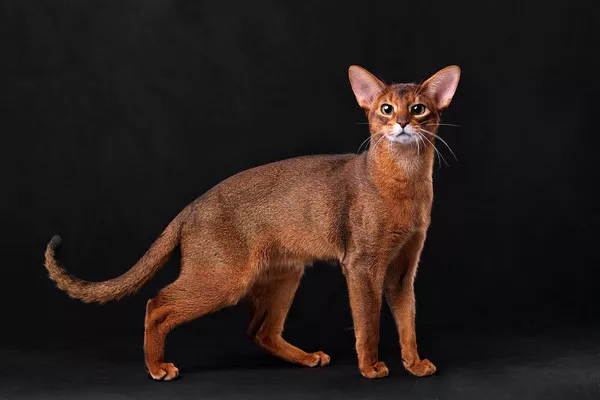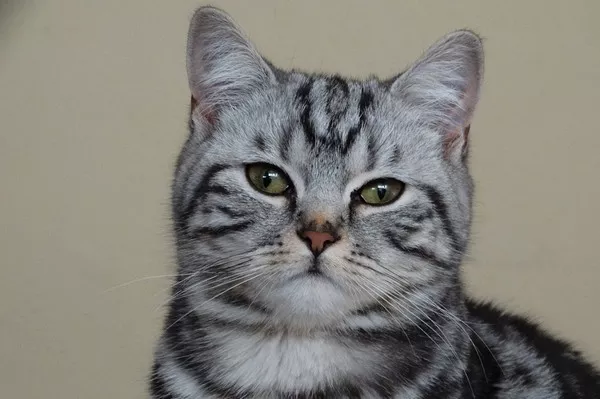Ragdoll cats are known for their striking appearance, gentle temperament, and luxurious, semi-longhair coats. To keep your Ragdoll looking its best, regular grooming is essential. Proper grooming not only enhances the beauty of their magnificent coats but also promotes healthy skin and prevents matting. In this comprehensive guide, we will explore the art of grooming Ragdoll cats, providing you with step-by-step instructions and valuable tips to ensure your feline companion stays well-groomed and comfortable.
Understanding Ragdoll Coats and Grooming Needs:
Ragdolls have a semi-longhair coat that requires regular attention to prevent tangles, mats, and excessive shedding. Their fur is soft, silky, and dense, which gives them a plush appearance. Unlike other longhaired breeds, Ragdolls have a low-maintenance coat that doesn’t require extensive daily grooming. However, periodic grooming sessions are necessary to keep their coats healthy and free from knots.
1. Tools and Supplies:
Before diving into the grooming process, it’s important to gather the right tools and supplies:
Slicker brush: A slicker brush with fine bristles is ideal for removing loose hair and detangling mats.
Stainless steel comb: A wide-toothed comb helps to remove tangles and maintain the coat’s smoothness.
Nail clippers: Regularly trim your Ragdoll’s nails to prevent overgrowth and discomfort.
Ear cleaning solution and cotton balls: Keep your cat‘s ears clean and free from wax buildup.
Toothbrush and toothpaste formulated for cats: Maintain your Ragdoll’s oral hygiene with regular brushing.
Cat-friendly shampoo and conditioner: Use gentle, specifically formulated cat products to bathe your Ragdoll when necessary.
Towels and dryers: Soft towels and a low-heat pet dryer (if needed) are useful for drying your cat after bathing.
2. Brushing and Detangling:
Ragdolls have a double coat, with a soft undercoat and a longer, silky topcoat. Regular brushing helps remove loose hair, prevents matting, and stimulates healthy hair growth. Here’s a step-by-step guide to brushing your Ragdoll:
Start by gently combing through your cat’s fur using a slicker brush, paying attention to the chest, belly, and the areas behind the ears.
Use long, gentle strokes in the direction of hair growth. This helps to remove loose hair and prevent discomfort.
Pay special attention to areas prone to matting, such as the armpits, hindquarters, and the base of the tail. Carefully work through any tangles or mats using a wide-toothed comb.
If you encounter stubborn mats, use your fingers to gently separate them before using the comb. Avoid pulling or tugging, as this can cause discomfort and skin irritation.
3. Bathing and Drying:
Ragdolls are generally fastidious groomers and may not require frequent baths. However, occasional baths are necessary to keep their coats clean and free from dirt or debris. Follow these steps for a successful bathing experience:
Prepare a warm water bath using a cat-friendly shampoo. Wet the coat thoroughly, avoiding the head and ears.
Gently massage the shampoo into the coat, working up a lather. Take care not to get water or soap into your cat’s eyes, ears, or mouth.
Rinse the coat thoroughly, ensuring all the shampoo is removed.
Apply a cat-friendly conditioner if desired, following the instructions on the product.
Towel-dry your Ragdoll by gently patting the coat to remove excess moisture. Avoid vigorous rubbing, as it can cause tangling or matting.
If necessary, use a low-heat pet dryer to dry the coat. Keep the dryer at a safe distance from your cat and use the lowest heat setting.
4. Nail Care:
Regular nail care is important for your Ragdoll’s comfort and prevents overgrowth or accidental scratches. Follow these steps to trim your cat’s nails:
Use cat-specific nail clippers and locate the transparent area of the nail called the quick. Avoid cutting into the quick, as it can cause bleeding and pain.
Gently hold your Ragdoll’s paw and extend the claws one by one.
Trim the pointed tip of each nail, taking small, cautious cuts.
If you’re unsure about trimming your cat’s nails, consult a veterinarian or a professional groomer for guidance.
5. Ear Cleaning:
Inspecting and cleaning your Ragdoll’s ears regularly helps prevent wax buildup and infections. Here’s how to clean your cat’s ears safely:
Examine the ears for any signs of redness, swelling, discharge, or foul odor. If you notice any abnormalities, consult a veterinarian.
Moisten a cotton ball with a cat-friendly ear cleaning solution.
6. Maintaining Dental Health
Dental care is often overlooked but crucial for your Ragdoll’s overall health. Introduce regular dental hygiene routines, such as brushing their teeth with a cat-specific toothbrush and toothpaste. Provide dental treats or toys to help reduce plaque and tartar buildup.
7. Professional Grooming and Vet Visits
While grooming your Ragdoll at home is essential, periodic visits to a professional groomer can be beneficial, especially for complex tasks like full-body trims or lion cuts. Additionally, regular vet check-ups are vital for your cat’s health and well-being.
Conclusion
Grooming Ragdoll cats is an art that requires patience, love, and proper technique. By following the step-by-step approach outlined in this comprehensive guide, you can ensure that your Ragdoll remains healthy and happy.


























